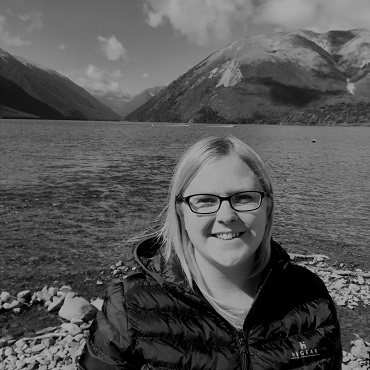4375
Scientific Program

Robyn E Jones
Swansea University, United Kingdom
Title: Improving visual biodiversity assessments of motile fauna in turbid aquatic environments
Biography:
Robyn E Jones is a marine researcher with a background in marine consultancy and off shore surveying with interests in marine ecology and engineering. she is currently working towards a PhD which focuses on ‘Remote methods for the assessment of coastal biodiversity interac ng with marine renewable developments’ alongside Ocean Ecology Limited and Swansea University.
Abstract
Current knowledge of turbid coastlines relies heavily on extrac ve sampling methods with less destruc ve visual techniques limited primarily by underwater visibility. Such coastlines are present around Wales, especially dynamic loca ons targeted for marine renewable energy developments. Baited Remote Underwater Video (BRUV) is now a commonly used non-extrac ve sampling technique which involves the use of bait to a ract mo le fauna to the ï¬ eld of view of the camera, but its use is s ll restricted to clear water environments. Here we describe and test the addi on of a clear liquid op cal chamber (CLOC) to a BRUV system to improve underwater visibility when observing mo le fauna in turbid waters. The CLOC method was trialled with respect to the ability of the system to iden fy taxa to
species level in both controlled laboratory and ï¬ eld condi ons across gradients of underwater visibility. This study found that the introduc on of a CLOC to a conven onal BRUV system signiï¬ cantly improved the ability to observe iden fying features of four ï¬ sh species in a controlled low visibility environment. The ability to iden fy taxa to species level in ï¬ eld condi ons was also signiï¬ cantly increased with the addi on of a CLOC. We conclude that the introduc on of a CLOC to a conven onal BRUV system is a reliable way of improving underwater visibility when assessing mo le fauna allowing for a more consistent iden ï¬ ca on of taxa to species level. This system may be applied to both marine and freshwater aqua c environments.
- Coastal Ecology
- Coastal Zone Management
- Mangrove Ecosystem
- Coastal Resources
- Coastal Processes
- Coastal Oceanography
- Nearshore and Surf Zone Processes
- Ocean, Fisheries and Coastal Economics
- Coast and Shore Protection
- Underwater/Marine Life
- Coastal Archaeology

